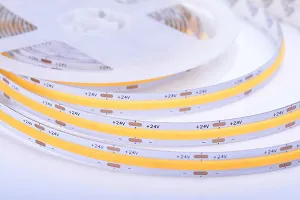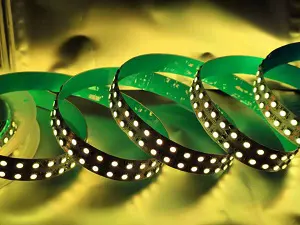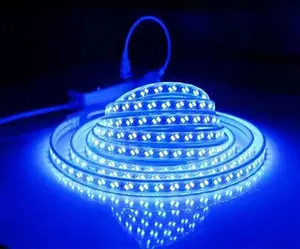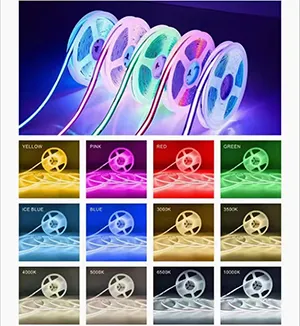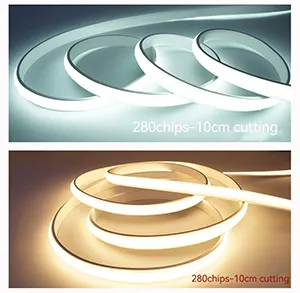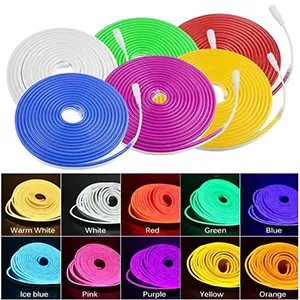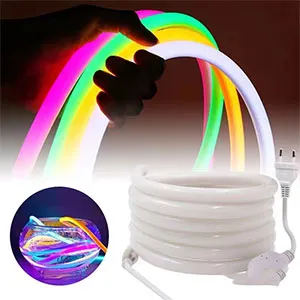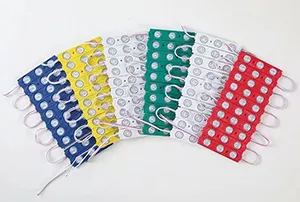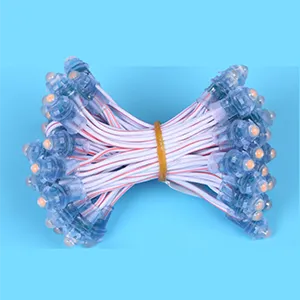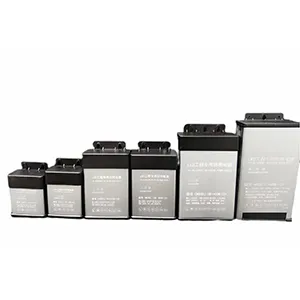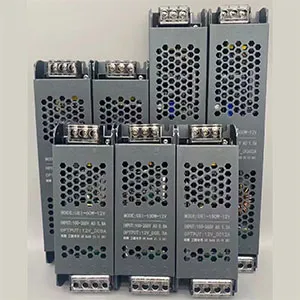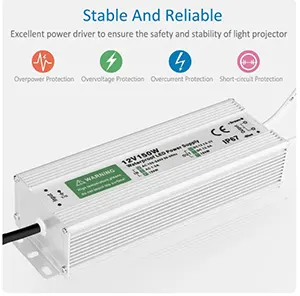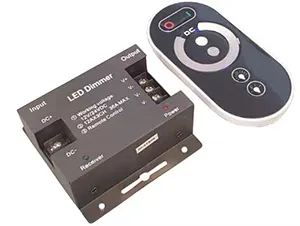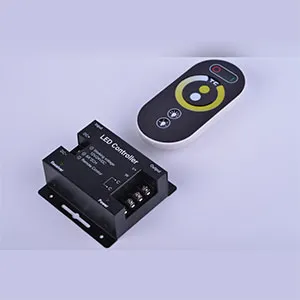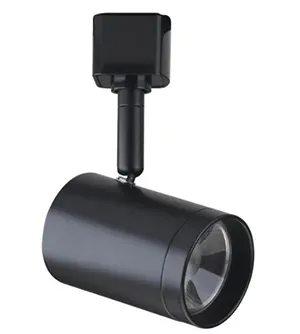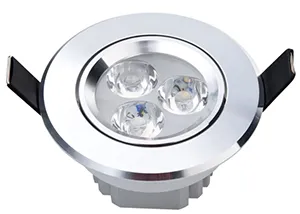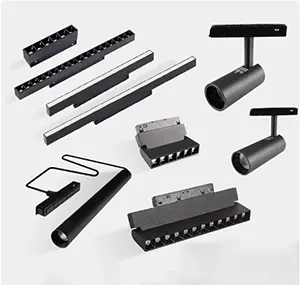How Do LED Power Supplies Impact Energy Consumption?
When considering energy efficiency in lighting systems, LED power supplies play a pivotal role. This article dives deep into how these devices influence energy usage, highlighting the concrete impacts with precise data and analysis.
Energy Efficiency of LED Power Supplies
The efficiency of an LED power supply determines how much electrical energy is effectively converted into light. Typically, these devices operate with an efficiency rating between 85% to 95%. This means that for every 100 watts of electrical power consumed, about 85 to 95 watts are used for lighting, and the rest is lost as heat.
Comparing Efficiency Ratings
Consider a scenario where two buildings are equipped with LED lighting systems of similar wattage but different power supply efficiencies—one at 85% and another at 95%. For a system drawing 1,000 watts, the more efficient setup (95%) saves approximately 100 watts compared to the less efficient one. Over a year, this difference can amount to significant energy savings, especially in large-scale or continuous operations.
Impact on Operational Costs
The operational cost savings from using a high-efficiency LED power supply can be substantial. For instance, a power supply with 95% efficiency versus one with 85% efficiency can reduce energy consumption by up to 10%. In monetary terms, assuming an electricity cost of $0.12 per kWh, this efficiency can translate to savings of about $105 annually for a system that operates 12 hours a day.
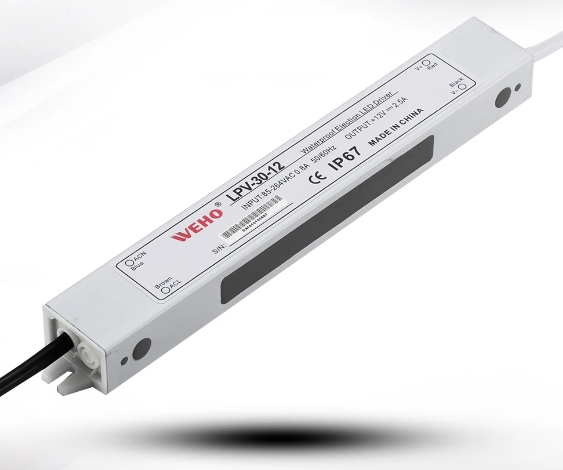
Heat Emission and Lifespan
Efficient LED power supplies not only reduce energy consumption but also emit less heat. Lower heat output extends the lifespan of both the power supply and the LEDs themselves, as excessive heat can degrade LED performance over time. Cooler operation translates into fewer maintenance issues and replacements, which further decreases the total cost of ownership.
Selecting the Right Power Supply
Choosing the right LED power supply can make a significant difference in energy consumption. Factors to consider include:
- Match the Voltage and Current: Ensure that the power supply’s output matches the LED’s requirements.
- Check for Dimming Capabilities: Some power supplies offer dimming features, which can further reduce energy use when full brightness is not necessary.
- Verify Certification: Look for power supplies that meet energy efficiency standards and certifications such as Energy Star or the European Union’s Ecodesign Directive.
Vendor Reputation and Product Reliability
It’s crucial to purchase LED power supplies from reputable vendors. Reliable suppliers ensure their products meet advertised specifications and often provide better warranty conditions. A trusted supplier can be a valuable resource for obtaining high-efficiency power supplies that offer real energy savings.
Practical Example and Resources
For anyone looking to upgrade or install new LED lighting, choosing the right power supply is critical for optimizing energy efficiency. An excellent resource for exploring various power supply options is LED Power Supply, which offers a range of high-efficiency products tailored to different lighting needs.
Enhancing Energy Efficiency
To maximize the benefits of LED lighting in terms of energy savings and operational efficiency, selecting an appropriate and high-efficiency power supply is essential. Doing so not only reduces the energy footprint but also lowers operational costs over the lifespan of the lighting system, making it a smart choice for both economic and environmental reasons.





